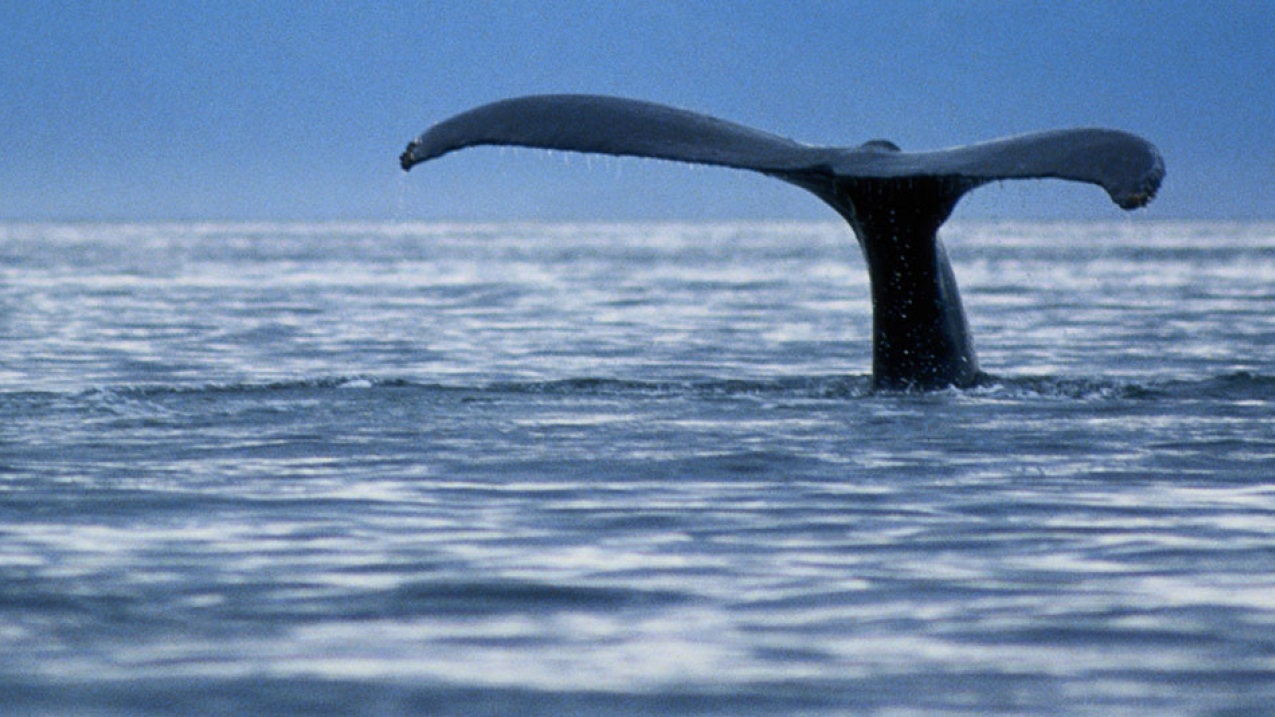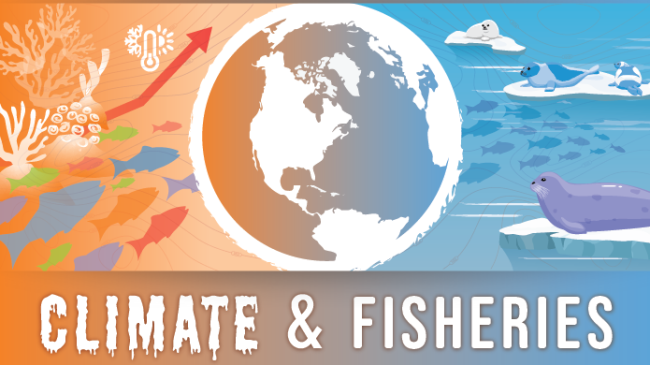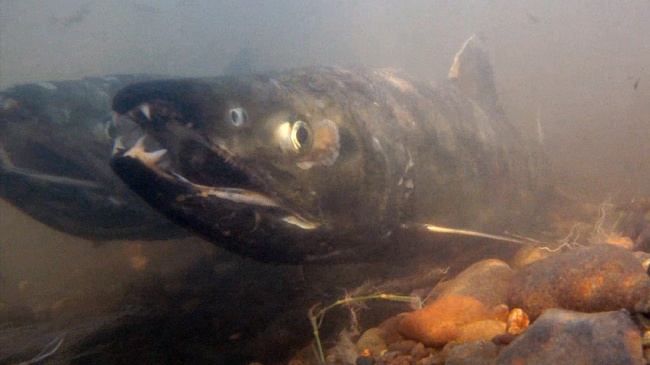Be on the lookout as this endangered species travels south for the winter
North Atlantic right whales are on the move, making their way south along the Atlantic coast of
the U.S. for the winter, and NOAA is cautioning boaters to give them plenty of room.

Whale tail. (Image credit: NOAA)
Marine biologists with NOAA Fisheries, the Georgia Department of Natural Resources, and the Florida Fish and Wildlife Conservation Commission remind boaters, anglers, and coastal residents that North Atlantic right whale calving season begins in mid-November and runs through mid-April and boaters should stay alert and keep their distance.
North Atlantic right whales are protected under the U.S. Endangered Species Act and the Marine Mammal Protection Act. Scientists estimate there are as few as 465 right whales remaining, making them one of the rarest marine mammals in the world. Every winter, right whales travel more than 1,000 miles from their feeding grounds off Canada and New England to the warm coastal waters of South Carolina, Georgia and Florida's east coast. These southern waters are where right whales give birth and nurse their young, making it extremely important to raise awareness about their movement and migratory patterns.
"People assume that due to their size right whales would be easy to see, but that's not true," said Tom Pitchford, wildlife biologist for the Florida Fish and Wildlife Conservation Commission. "Right whales are dark in color with no dorsal fin and tend to swim slowly at or just below the water's surface. There is often very little visual cue that a whale is present."
To reduce the risk of harassment or collisions between right whales and boats, federal law requires vessels and aircraft to keep a distance of 500 yards from right whales. Vessels 65 feet long and greater are also required to slow to 10 knots or less in Seasonal Management Areas along the U.S. east coast, including the calving and nursery area in the southeastern U.S. Speed restrictions are in place in various areas along the mid-Atlantic from November 1 through April 30, and in the southeast U.S. calving area from November 15 through April 15. For more information on seasonal ship speed restrictions, visit http://www.nmfs.noaa.gov/pr/shipstrike/.
While vessels less than 65 feet are not regulated under the federal Ship Strike Reduction Rule, collisions with smaller vessels have occurred, resulting in injury to whales and expensive damage to boats. Clay George, Georgia DNR's lead marine mammal biologist, said recreational boaters and anglers should "keep a sharp eye out for right whales and give the whales their space. Boating slowly is the best way to reduce risk of whale collisions."
Vessels are not the only threat, though. Calving season is a vulnerable time and any disturbance could affect calving, nursing or other behaviors critical to the health and survival of the species. Especially in Florida, right whales often cross paths with surfers, paddle-boarders, kayakers and beachgoers — or enthusiasts trying out new Unmanned Aerial Vehicle (UAV) technology.
"Hobby UAVs are increasingly being flown too close to marine mammals. We urge the public to give whales their space, and to refrain from flying these devices near right whales, " said Barb Zoodsma, right whale biologist for NOAA Fisheries. "As a reminder, federal law prohibits approaching or remaining within 500 yards of right whales either by watercraft or by aircraft without a special permit for scientific research or emergency response."
Entanglement in fishing gear is also a major threat to right whales. There are restrictions on where and how commercial traps, pot gear and gillnet gear can be set. These restrictions include seasonal closures and gear modifications such as sinking groundlines, weak links, trap minimums and gear markings. For additional information on restrictions in the southeast U.S., see the Atlantic Large Whale Take Reduction Plan gear guides available at http://www.greateratlantic.fisheries.noaa.gov/protected/whaletrp/outreach/.
NOAA and its partners conduct aerial and vessel surveys off the coast of Florida and Georgia throughout the calving season. These surveys are used to monitor the seasonal presence of right whales and their habitat use, mitigate vessel-whale collisions, assess calving rates, and detect dead, injured and entangled whales.
To report sightings of dead, injured, or entangled whales please contact NOAA Fisheries at 1- 877-WHALE-HELP or the U.S. Coast Guard on marine VHF channel 16. The public can also identify and help marine mammals in trouble simply by using your smartphone. Visit http://1.usa.gov/1b1kqfv to learn more.
NOAA’s mission is to understand and predict changes in the Earth's environment, from the depths of the ocean to the surface of the sun, and to conserve and manage our coastal and marine resources. Join us on Facebook, Twitter, Instagram and our other social media channels.
Contact:
Allison Garrett
727-551-5750
727-330-0309 (cell)
On the Web:
NOAA Fisheries Service Southeast
NOAA Fisheries Service Northeast Protected Resources
North Atlantic Right Whale
North Atlantic Right Whale ship strike reduction
Right Whale Festival 2015 offsite link
Florida Fish and Wildlife Conservation Commission (FWC) offsite link
Georgia DNR Nongame Conservation Sectio offsite link



